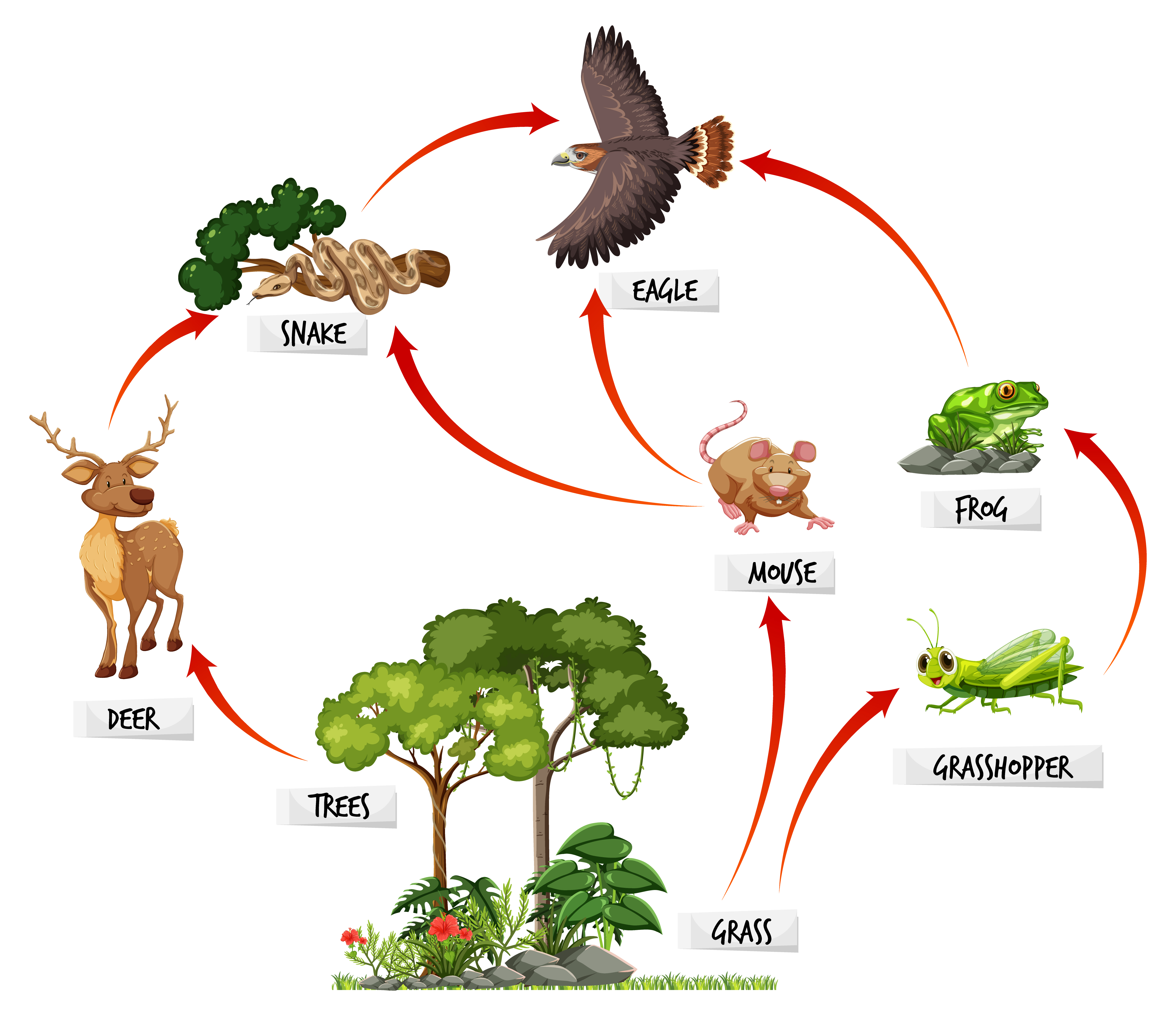Course info

The interrelationships of species in an ecosystem are fundamental to its structure, function, and stability. This paper explores the various types of species interactions, including predation, competition, mutualism, commensalism, parasitism, herbivory, symbiosis, decomposition, pollination, and the dynamics of food chains and webs. Predation regulates prey populations, while competition for resources can drive evolutionary adaptations. Mutualism and commensalism highlight cooperative and neutral relationships that benefit species, respectively, whereas parasitism involves a species benefiting at the expense of another. Herbivory influences plant population dynamics and can lead to evolutionary defenses. Symbiotic relationships, both mutualistic and parasitic, illustrate long-term interdependencies between species. Decomposers play a critical role in recycling nutrients, while pollinators facilitate plant reproduction. Food chains and webs illustrate the flow of energy and nutrients within an ecosystem, emphasizing the interconnectedness of organisms. Disruptions to these interrelationships, such as climate change, invasive species, or habitat destruction, can lead to ecosystem instability. Understanding these complex interactions is essential for biodiversity conservation and effective ecosystem management, as changes to one species can have cascading effects throughout the system.
- Teacher: Dean KIST
